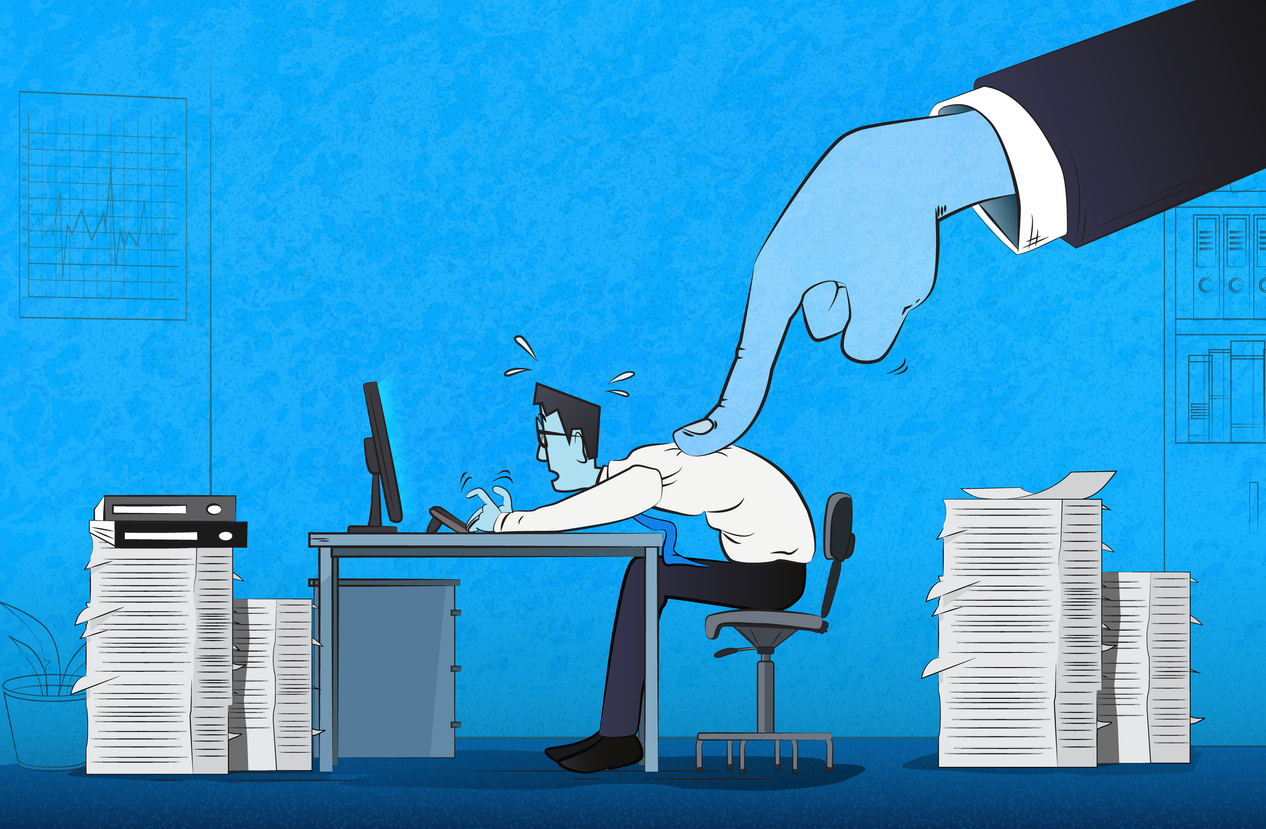
Blog
How Does a Workplace Become Toxic ?

Lack of recognition, favoritism, gossiping, poor management skills, lack of communication, high turnover, poor communication are just a few signs of toxic workplace. But how does a workplace become toxic?
Toxic workplaces are assumed to be the outcome of managers who lack credibility and have poor leadership skills. The main aim of toxic managers is to retain power, control, distract attention from their failures or mistakes. Workplace toxicity is identified with significant drama and in-fighting. Toxic managers have, entirely misunderstood, the concept of leadership and thus it results in toxic work environment. Be it managers, colleagues, or low-level employees- anyone can create a toxic work environment.
If your organization has not diligently communicated company values, you are likely in a toxic workplace. Poor policies or UN-adhered code of conduct creates a sense of rampant resentment. Lack of communication from managers with poor leadership skills creates mistrust. When core values merely appear on the company website but do not seem to form the basis of the company’s culture, add to this mix managers with bad leadership and biases who do not give regular constructive feedback leads to increased toxicity.
A work environment can become toxic when employees get unhappier over time due to rising discontent. This usually happens when employees originally believed in the company’s mission but over time, fell out of alignment. A toxic work environment can evolve when there is unhealthy competition for resources. In such a scenario you may find yourself competing for budget, time, over-worked employees who are critical to projects.
Negativity breeds more negativity. Trust erodes when there is back biting and workplace bullying.
Managers need to become self-aware to avoid contributing to creating a toxic workplace.
Employees should know where they stand, hence managers not communicating honest feedback in a timely manner, can back-fire.
When managers do not uphold the values of the organization it sets a poor example for employees to follow because people take their cues from their leaders.
Toxic managers are also almost always poor at conflict resolution, where in fact, managers need to serve as a filter for toxicity. Employees who are anxious to learn new skills or adapt to change likely do not feel safe to take risks such resources should be supported by their managers to explore and learn so that they can grow.
Workplace bullying is another factor that leads to a work environment becoming toxic. Bullying usually occurs where there is high workload, low job autonomy and role uncertainty. A workplace bully has selfish motives and a complete lack of respect for others. He does not care for others, never considers them equal and uses all means possible to impose his ways.
Workplace bullies commonly display a lot of anger and anxiety, this is usually because they suffer from low self-esteem and thus they feel a need to pick on others. Bullying behaviour refers to repeated actions aimed towards an employee with an intention to insult them.
There are constructive ways to combat and navigate through a toxic workplace. I shall be sharing a few time-tested steps in future blogs!

